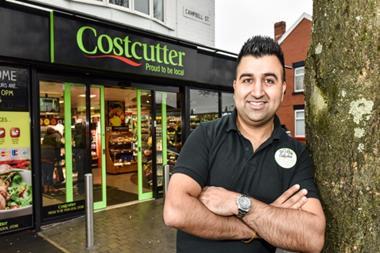Costcutter counts the cost of buy and supply transition

Costcutter Supermarkets Group has filed a multi-million pound loss in its annual financial statement as a legacy of its exit from Nisa
ALREADY HAVE A REGISTERED USER ACCOUNT? PLEASE LOG IN HERE
To read the full story join the ConvenienceStore.co.uk community today!
Registration is quick and easy and provides access to:
- Unlimited ConvenienceStore.co.uk articles
- Our great range of newsletters
- Content you’ve saved for later via the ‘my library’ feature
And much more…

























